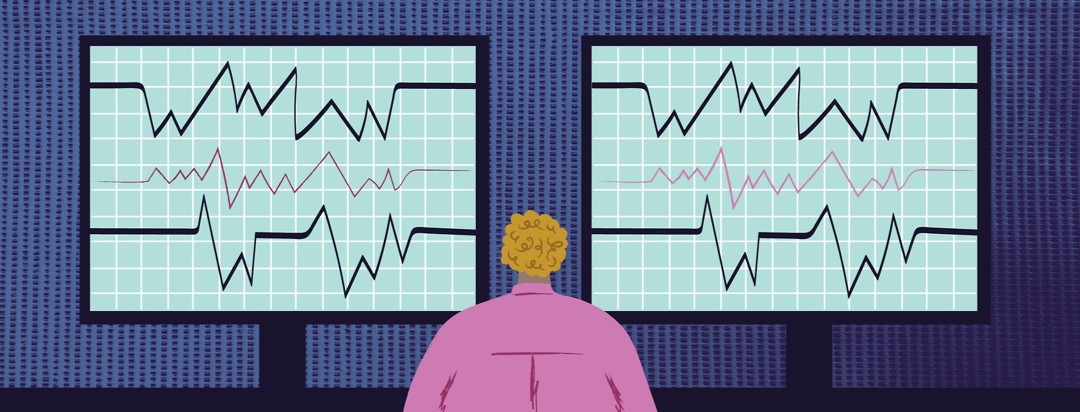What Does a Sleep Technologist Do?
You would be surprised at how many people think that all a sleep tech does is slap some wires on a patient and then just sit there, watching people sleep throughout shift until it’s time to take the wires back off.
Sleep technologists are medical professionals with a large amount of specific training and education.
Precisely placing wires to collect data
Those wires need to be precisely placed, requiring the technologist to actually mark, measure, and calculate the locations to accurately place electrodes proportionately to the size of each specific head shape of each individual patient in order to get the optimal signal of your brain activity.
How many leads you will have on can also vary depending on what the sleep technician has been told to look for. For example, they may need extra leads on your head if your doctor suspects a seizure disorder. Throughout the night, the technician will be monitoring at least 20+ leads/signals and analyzing what they mean.
The eyes and ears of the sleep physician
And they are not just monitoring your brain activity, but also your breathing, your oxygen levels, your heart rhythm, just to name a few things.
The sleep technologist works to get a clean, accurate recording for the sleep specialist, another medical professional, to review, and many of these professionals take great pride in doing just that.
The sleep technologists are the eyes and ears of the sleep physician, as they constantly put in notes to help the doctor know what is happening, when, and to help draw their attention to specific issues they notice as the study progresses.
No, they don't watch TV while you sleep
Most technologists are caring for 2 patients each night and doing routine charting every 30 minutes where they verify and supplement the data being collected. With 2 patients, that usually means the technologist is spending alternating 15-minute periods reviewing and writing on each patient throughout the night.
This doesn’t leave much time for watching TV, another thing that is frequently imagined to be part of the professional sleep technician’s job.
Patient education
Sleep technologists also do their best to educate the patient on the different kinds of sleep disorders that are out there. They talk to patients about issues concerning their sleep hygiene and habits.
They are also usually the first person to explain to a patient about sleep disorders, such as what obstructive sleep apnea is and how it is treated. They are the ones to first show a patient a mask, picking what they think the patient will do best with, and then working to find the best pressure for that patient to stabilize their breathing.
Daytime responsibilities
During the daytime, other sleep technologists work to take all the data that was collected, collate it, and produce comprehensive reports for the sleep physician to review along with the raw data that was obtained.
They, again, look over what the nighttime technologists have done, reviewing easily 800 to 1,000 pages of data, adding items or notes, giving a more global or overall review for the sleep physician to draw attention to issues they may see, supplementing what the night time technologist has done.
A dynamic, growing field
Being a sleep tech requires a lot of training and constant, continued education to be able to perform our jobs and to maintain our credentials. This is a field that is growing by leaps and bounds and technology has significantly changed and improved on what all we can test and how we test for different things.
All that said, we can tell if you are dreaming but no, we cannot tell what you are dreaming about.

Join the conversation